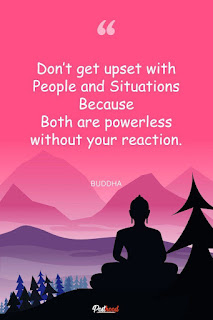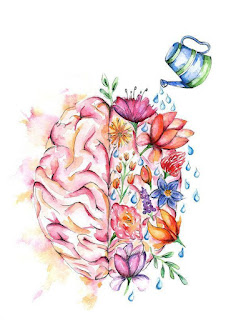What would you have instead of fear?

In a recent coaching session, I worked with an employee struggling with repeated quality errors and mistakes. As we dove into the conversation, he shared that he was constantly anxious about how his work would be perceived. He worried that, no matter what he did, something would inevitably go wrong. This led him to overthink every detail, which only seemed to create more mistakes, ironically reinforcing his fears. He described the cycle as exhausting and frustrating, feeling as if he was never able to meet the mark he set for himself. In his words "It is exhausting to be fearful." Listening to his concerns, I could sense that a significant part of the issue was his fear of being judged. He was so focused on the potential for negative feedback that it had become a self-fulfilling prophecy, overshadowing his confidence and focus. I paused, then asked him, “If you could quiet that inner fear of judgment, what would you say to yourself instead? And how would that feel?” He took ...


















